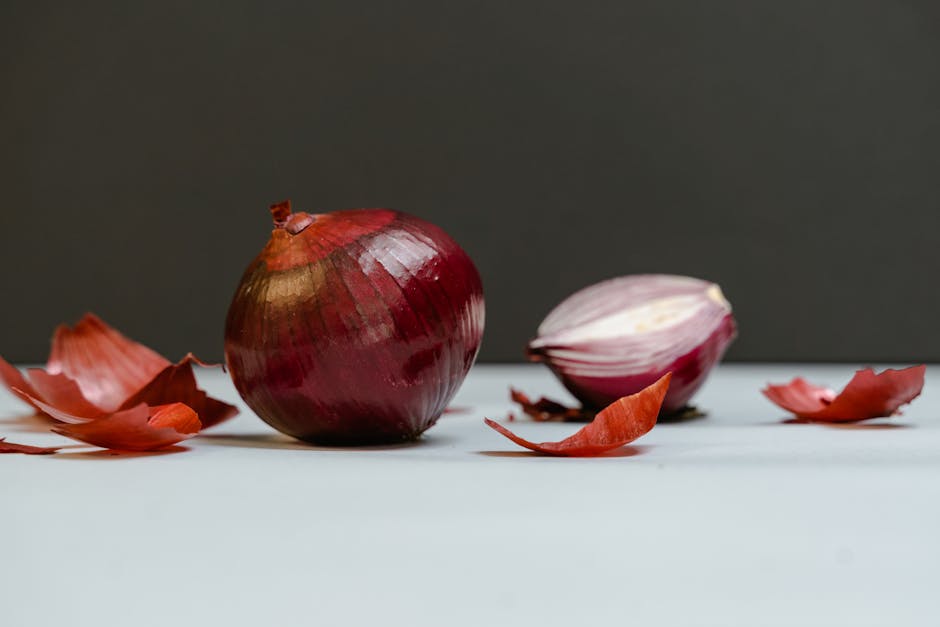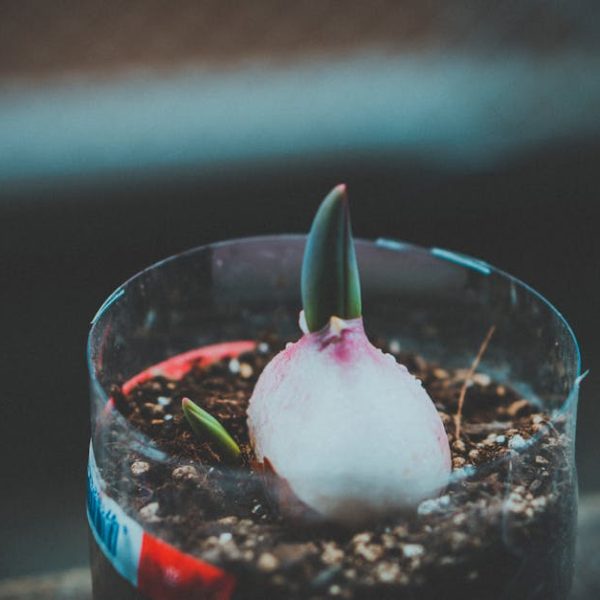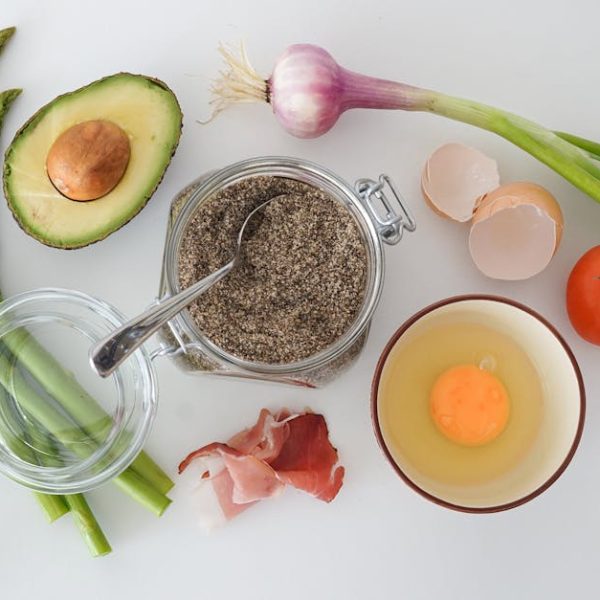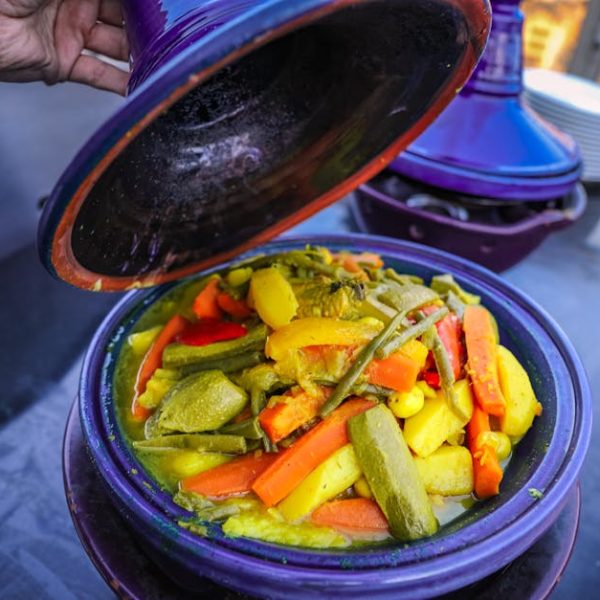Onions – they’re a culinary staple in kitchens worldwide, serving as the foundational flavor in an array of dishes. But given the various types, it might be puzzling to decide which one to use in your cooking. The debate often settles between two popular types – white and red onions. These two variants may look different on the outside, but they share more diversity on the inside. From flavor profiles and nutritional values to their best uses in cooking, each comes with its unique attributes.
Understanding the Basic Differences: White vs Red Onions
At first glance, the most apparent difference between white and red onions lies in their colors. White onions, as the name suggests, possess a bright white skin and an almost translucent flesh. In contrast, red onions reflect a range of color from dark purple to wine-colored skin, while the inner layers are white veined with red.
Their tastes share similar disparity. White onions exhibit a sweet and mild flavor, earning appreciation as a universal cooking ally. On the other hand, red onions, which are often consumed raw, deliver a spicy kick, coupled with a slightly sweet undertone.
Nutritional Profiles: White vs Red Onions
Diet-wise, both white and red onions contribute to a health-friendly menu. They are low in calories yet packed with nutrients. Sulfoxides and sulfur compounds, responsible for their strong aroma and teary-equipment, are also beneficial for health in many ways.
Specific nutritional values, however, vary. White onions boast substantial proportions of Vitamin C, Calcium, and Iron, while red onions are generous in their Vitamin C and dietary fiber content. It’s thus interesting to note how this distinction can contribute to your dietary health.
Best Uses in Cooking: White vs Red Onions
Flavor and taste primarily determine the cooking uses of these onion variants. White onions, with their mild and sweet flavor, make a great fit in salads, salsas, and lightly colored dishes where their striking white color blends smoothly. They are also more traditionally used in white sauces, pasta, and Mexican cuisine due to their soft flavor.
Oppositely, the bold and spicy flavor of red onions comes alive in grilling and char-broiling, where their inherent sweetness gets caramelized, adding a rich depth to the dishes. They’re commonly featured in salads, pickles, sandwiches, and garnishes.
Availability and Storage: White vs Red Onions
Regardless of the season, you’re likely to find both white and red onions in most grocery stores. They’re usually harvested in late summer through the fall, then cured and stored for selling throughout the year.
Storing onions is key to preservation, and while both onions have similar storage recommendations — a cool, dry, well-ventilated place — they show differences in shelf life. White onions, due to their lower sugar content, have a longer life, up to a month, while red onions last for about two weeks.
Choosing Between White and Red Onions
There’s no one-size-fits-all when choosing between white and red onions. The choice depends on a variety of factors like the flavor, nutritional value, cooking usage, availability, and storage options. Remember, the right onion can truly elevate your dish! It’s all about what your recipe, taste preference, and nutritional needs call for.
Just as when picking other fresh produce, choose onions that feel heavy for their size, with no visible signs of damage or soft spots. Trust your nose too – fresh onions should smell mild. Whether you’re a fan of the sweet white onion or the bold red, choosing fresh, quality onions is always the key to ensuring the best flavors in your meals.
Understanding the Basic Differences: White vs Red Onions
Let’s begin by focusing on the features that set them apart the most visibly – their exterior aesthetics. Non-surprisingly, white onions are its namesake white, with skins that range from snow white to off-white and interiors that emit a clean, tint-free hue. Size-wise, they are usually bigger and rounder in shape.
On the other end, red onions possess a captivating dusky, purple skin, hinting towards a wine color. They are smaller and tighter in size, their red to white layered flesh garnished with a characteristic magenta hue.
- Pro Tip: Notice the shiny feel to the skin – that’s a good sign of an onion being fresh.
A bite into these onions will take your taste buds on remarkably different trajectories. The sweet, delicate flavor of the white onion makes it the go-to choice when aiming for subtle, simmering assortments. On the other side, red onions pack a depth of flavors – they start with a bright, spicy head-note that mellows into sweet undertones, creating an enchanting blend of complexities.
Quick Taste Comparison:
“`
| White Onions | Red Onions |
|---|---|
| — | — |
| Mild | Spicy |
| Subtle | Bright |
| Sweet | Sweet undertones |
“`
Nutritional Profiles: White vs Red Onions
While both white and red onions are nutrient-rich and boast of health-enhancing properties, exploring their individual nutritional profiles offers interesting insights.
White onions outshine reds in the calcium department with 32mg per 100g, crucial for healthy bone density. They also carry a good amount of Vitamin C, bolstering your immunity, and iron, supporting blood health.
Contrastingly, red onions stand strong with a high dietary fiber content, helping maintain a healthy digestive system, and pack in a good dose of Vitamin C.
Nutritional Profile (Per 100g):
“`html
| White Onions | Red Onions | |
|---|---|---|
| Vitamin C | 7.4 mg | 8.1 mg |
| Calcium | 32 mg | 23 mg |
| Iron | 0.2 mg | 0.1 mg |
| Fiber | 1.7g | 2.1g |
“`
Not to forget, both these onion types boast of anti-carcinogenic, antimicrobial, and antioxidant properties, owing to the presence of various flavonoids.
Best Uses in Cooking: White vs Red Onions
In the culinary universe, both white and red onions showcase their strengths in different arenas:
Unrivaled in their crisp texture and mild flavor, white onions perform well when sautéed, charring up perfectly for a sweeter, caramelized delight. They complement dishes like white sauces, cream-based pastas, and potato salads, without overpowering the flavor profile.
Red onions, though, shine in their raw form. Their vibrant color and unique spicy-sweet flavour make them a game-changer in salads, salsas, pizzas, and hamburgers.
- Pro Tip: Try pickling red onions. Their natural sugars, coupled with the vinegar’s acidity, create a pickled treat that’s hard to resist.
Availability and Storage: White vs Red Onions
Year-round availability makes both white and red onions staple items on grocery lists. Remember, the ideal storage spot is cool, dry, and well-ventilated.
However, white onions take the win when it comes to shelf life. Since they carry less sugar content, they can last up to a month in optimal storage conditions. Red onions tend to have a shorter life, lasting about two weeks before starting to turn.
Choosing Between White and Red Onions
Selecting between white and red onions is less about one being better than the other, and more about what your specific dish demands. An authentic Mexican salsa might benefit from the punchy, vibrant flavors of red onions, while a classic French Onion Soup
Key Takeaway:
- White and red onions have distinct differences in color, size, and taste. White onions are often milder and sweeter, while red onions offer a spicy kick with a sweet undertone.
- From a nutritional perspective, both onions have health benefits but differ in specific nutrient content. White onions are rich in Vitamin C, Calcium, and Iron, and red onions are known for their Vitamin C and dietary fiber content.
- The choice of onion in cooking is determined by its flavor profile, with white onions preferred in light-colored dishes for their mild flavor and red onions favored in grilled or charred dishes for their bold flavor.
- Both onions are generally available year-round, but white onions have a longer shelf life due to their lower sugar content.
Remember, there’s no absolute right or wrong when choosing between white and red onions. It all boils down to what taste, nutritional value, and texture you want to incorporate into your dishes. Embrace the versatility of both types, and don’t be afraid to experiment and find your unique taste!
FAQs
Q: Is it OK to substitute red onions for white onions in a recipe?
A: Yes, you can substitute red onions for white onions in a recipe. Just remember that red onions are spicier and more pungent, which could slightly alter the flavor of your dish.
Q: Why do red onions make you cry less than white onions?
A: The level of sulfenic acids (which cause eye irritation and tears) is usually lower in red onions compared to white ones. However, the intensity can vary from onion to onion.
Q: Are onions good for you?
A: Absolutely! Onions are low in calories yet highly nutritious. They are particularly high in vitamins C and B, potassium, and fiber. They also have antioxidant and anti-inflammatory effects.
Q: Are red onions stronger than white onions in flavor?
A: Yes, red onions have a more potent flavor with a spicy kick, whereas white onions have a milder, sweeter taste.
Q: Do red and white onions have different cooking times?
A: Not significantly, but because of their denser texture, red onions might require slightly longer cooking time than white onions.
Remember, exploring and understanding the diversity of both white and red onions can truly elevate your culinary experience. Don’t hesitate to experiment until you find your unique flavor combination. Share this article with fellow food enthusiasts and keep exploring our other posts for more culinary insights!






